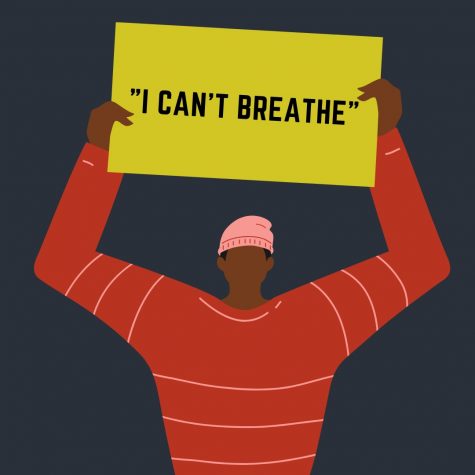Skeptical Science Special Report: Concussions in the NFL
In the wake of recent revelations about the death of Nick Blakely, Skeptical Science Sundays looks at another overlooked health problem among football players: concussions.
April 18, 2018
Earlier this week, the Daytona Beach News-Journal reported that the family of Nick Blakely is suing Stetson on counts of wrongful death. According to Blakely’s mother, he had informed coaching staff that he was “ill, had shortness of breath, chest tightness, chest pain, rapid heart rate, dizziness, and other signs of fatigue and cardiac issues,” but no medical action was taken. She also claims that Blakely was later bullied into continuing practice on the evening of his death, despite continuing to experience troubling symptoms throughout practice.
Although this revelation is horribly tragic, for now, I’m not here to talk about Nick Blakely. This week, I’d like to look at a similar but distinct issue in the world of professional football, including collegiate teams like Stetson’s. More specifically, I want to talk about concussions, and the NFL’s habit of ignoring science to downplay evidence of their effects.
Concussions, Trauma, and CTE
Concussions, or acute trauma to the brain often caused by a blow to the head, are relatively common, especially in people who play contact sports. Thankfully, with proper rest and treatment, the symptoms of a concussion are usually temporary. Many people who experience concussions are able to recover fully. However, problems begin to arise when a person sustains multiple concussions over a short period of time, or does not take the time to recover before returning to risky activities like sports.
Chronic Traumatic Encephalopathy (CTE) is a much more severe condition associated with serious brain damage. Repetitive concussions or a history of nonconcussive blows to the head, which may not cause noticeable symptoms, often lead to the development of CTE. Once referred to as “punch drunk syndrome,” CTE is a degenerative disease that leads to the progressive development of symptoms like memory loss, aggression, impulse control issues, and even suicidal thoughts. It is also incredibly common among players of full-contact sports, including professional football.
CTE and the NFL
In 2016, a health and safety representative for the NFL acknowledged a link between playing football professionally and developing CTE. This acknowledgement came long overdue, considering the first studies linking concussions to long-term brain damage were published nearly 20 years previously. In the years since, the NFL had attempted to downplay the link, presumably in the interest of protecting their business. However, eventually the evidence became impossible to deny. The most recent study of CTE in the NFL found that 110 out of 111 NFL players’ brains showed evidence of CTE, and the rate is only slightly lower for those who stopped playing after college. Despite the NFL’s attempts to obfuscate the truth, the science doesn’t lie, and they’ve been forced to face the facts.
What Now?
The NFL now publicly recognizes that its players are at serious risk of long-term brain damage. But what next? Since CTE can only be diagnosed post-mortem, it’s impossible to know how many current players may have it, or when it may be time to retire in order to reduce risk. Right now, the only option is prevention. The NFL has made some steps towards reducing the impact of concussions, including creating and amending a protocol for players who appear to have sustained head trauma. However, several teams have come under fire for failing to enforce the protocol. Similar to the allegations made by Blakely’s family, these teams were suspected of prioritizing a player’s ability to play over his health and safety.
Clearly, there is much more that needs to be done here. The science is there – playing football professionally is a major risk factor for CTE. And when you consider the fact that aggression and reduced impulse control are among the first symptoms of the disease, the rampant cases of domestic violence among NFL players start to look a little more like a possible side effect of the game than a moral fault of the players. Of course, the evidence for this claim is much more limited, but it represents only a small fraction of the potential ramifications of CTE among the NFL. The ignorance of science surrounding CTE is a trend that cannot continue.
Change is Coming
When I first read the article about the allegations against Stetson, I was outraged. What had been advertised as a freak accident in which a healthy 18-year-old suddenly dropped dead may have actually been a fatal case of medical neglect on the part of his coaching staff. However, the more I thought about it, the more my rage dissolved into hope. Nick’s death was a senseless tragedy that should have never occured, but perhaps some good may come out of it now. Although Nick did not die of complications caused by concussions, the allegations made by his family reflect a widespread attitude of ignorance in the face of clear evidence of health complications among athletes. Perhaps this lawsuit will spur Stetson and other football programs to think twice about ignoring their athletes’ health. Perhaps the financial consequences of downplaying the effects of concussions will convince the NFL to actually follow through on their protocols and work to improve the health and safety of their players. Ideally, the scientific evidence and a general sense of compassion would be enough to facilitate change; but barring that, money does talk, and hopefully these words will translate into action.















